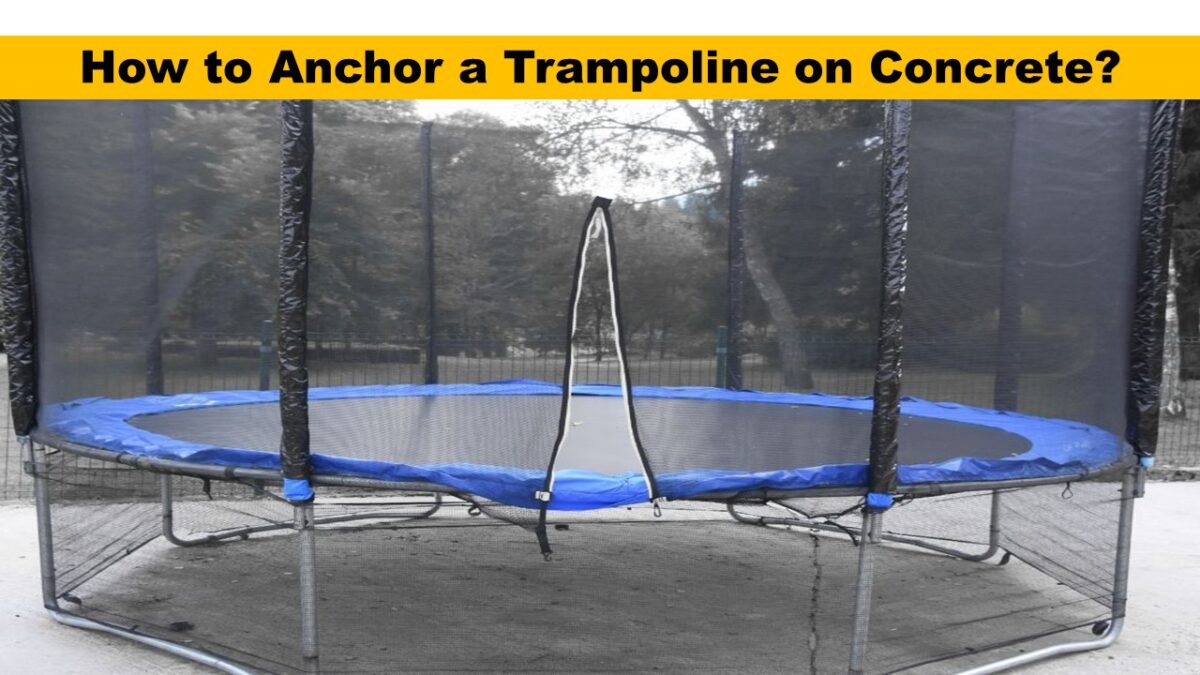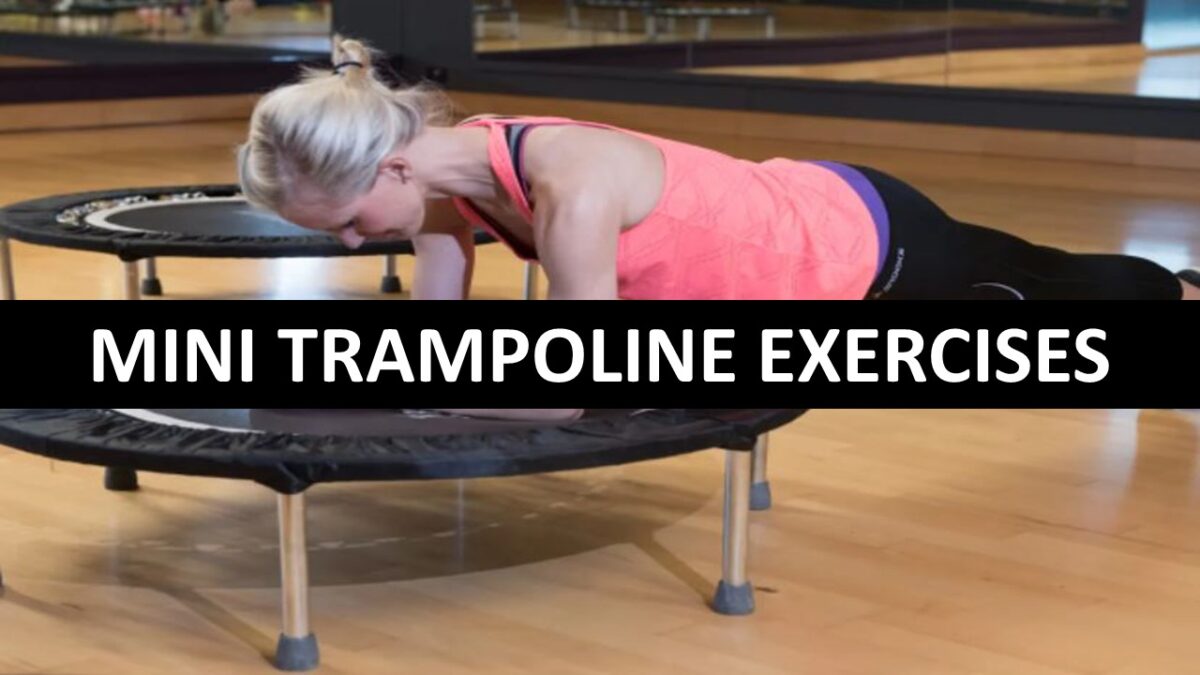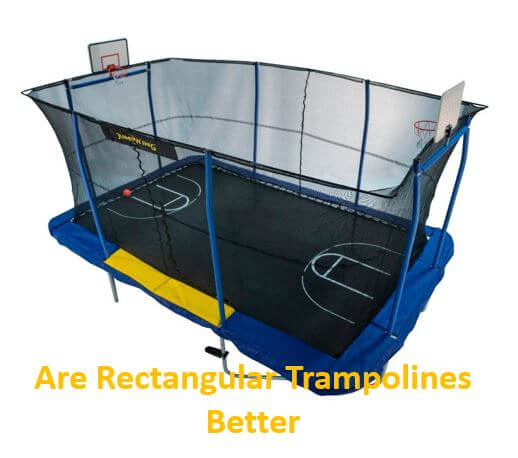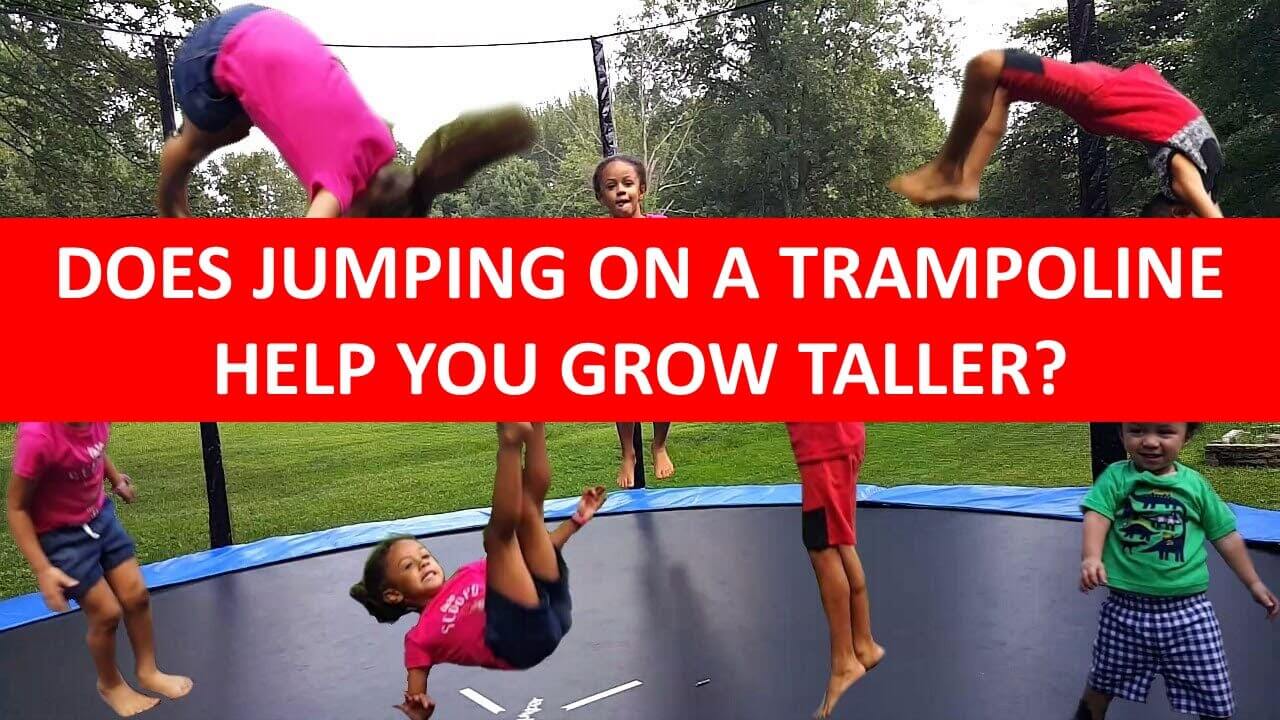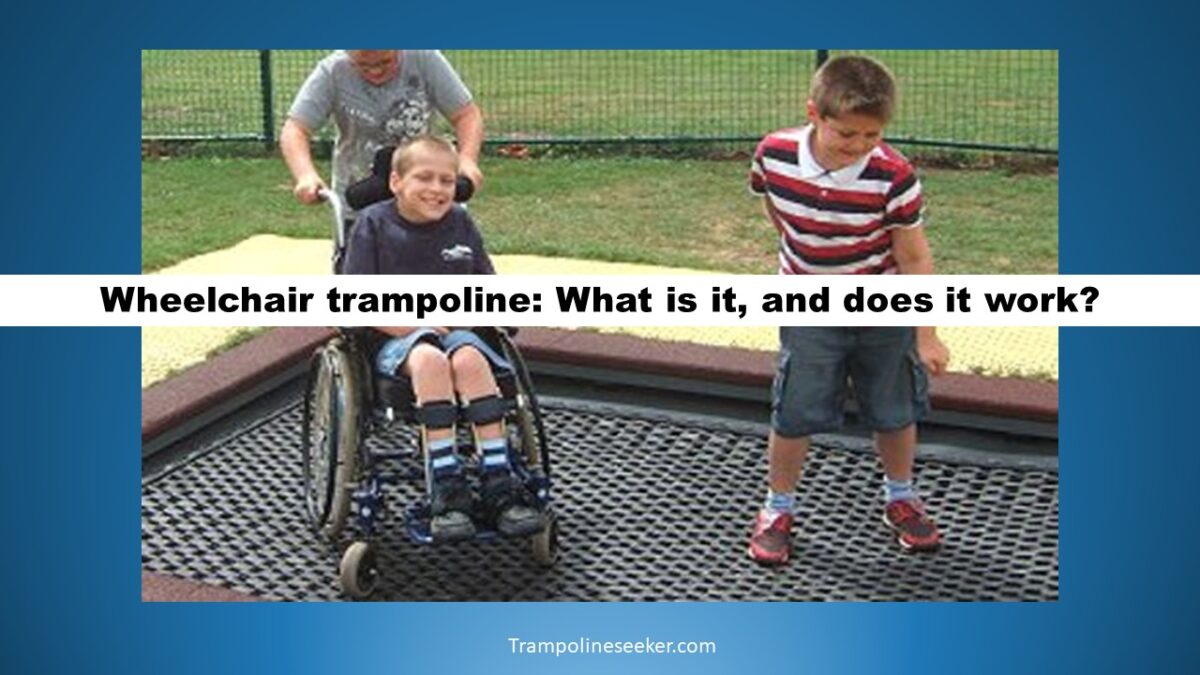Bouncing on a trampoline can be an exhilarating and fun way to exercise and play. However, trampolines do carry risks if not used properly. In my comprehensive guide, I’ll share dos and don’ts for safe trampoline use based on recommendations and injury statistics. Follow these tips for maximum enjoyment! 😊
Choosing the Right Trampoline
Selecting a quality trampoline designed with safety in mind is the first step to injury-free bouncing. Based on my 20 years of experience selling outdoor play equipment, here are the key factors to consider:
Meet Safety Standards
Prioritize trampolines that meet the Australian Standard AS 4989. Adhering to rigorous safety test specifications ensures a well-made, durable product.
Trampoline Shape and Size
Stick to round trampolines, which offer a uniform bounce across the mat. Rectangular trampolines eject you higher in the center, increasing injury risk. Measure your yard during setup to allow ample clearance.
Trampoline Size Recommendations Kids under 6 years:
4-6 feet Older children8-10 feet Teens/Adults12-14 feet
Safety Padding and Enclosure
Thick padding covering the frame and springs prevents contact injuries. A safety net enclosure contained inside the poles prevents falls and injuries.
Durability and Maintenance
Inspect for rips, exposed springs or metal before each use. Ensure leg braces lock, frames don’t bend and hardware remains intact over time through routine checks.
Monthly Trampoline Safety Inspection Checklist:
❏ Padding secured, no rips
❏ Net intact, no holes
❏ Springs securely attached
❏ No bent/broken poles
❏ Mat in good condition
❏ Leg braces locked
Safe Setup of the Trampoline
Proper trampoline placement and setup creates a safe jumping zone and reduces injury risks.
Location
Choose a flat spot in your yard away from hazards like fences, trees and structures. Clear overhead obstructions like branches or wires extending at least 23 feet high.
Clearance Zone
Allow a spacious clearance zone around the trampoline free from furniture, equipment and debris. I recommend at least 16-23 feet clearance. Place shock-absorbing materials like mulch or sand underneath.
Access Restrictions
Prevent unsupervised play by storing ladders when not in use. Temporarily disabling lifts/ramps also establishes boundaries for young wanderers. 👶
Safe Use Recommendations
Bouncing brings joy but also responsibility. Follow these tips for keeping jumpers of all ages safe while having fun.
General Safety Precautions
✅ Remove all jewelry, watches, shoes and sharp objects before jumping
✅ Empty pockets – cell phones, keys and other items can damage the mat
✅ Secure loose hair and clothing with ties/bands that could catch or obscure vision
✅ Learn how to stop bouncing safely before attempting flips, twists or tricks
Age-Based Restrictions
Consider these age guidelines from leading health organizations when setting rules:
| Age | Recommendation |
|---|---|
| Under 6 years | No trampoline use recommended |
| 6-10 years | Direct parental supervision mandatory |
| 10+ years | Independent use okay with safety rules |
One Jumper Rule
Limit bouncers to one at a time. Multiple simultaneous jumpers increase unpredictable collisions and falling risks.
Sighting Adult Supervision
Actively watch younger kids at all times. Intervene to enforce safety rules or prevent dangerous maneuvers.
Weather Considerations
Avoid use in windy conditions that can lift children in erratic ways. Always confirm the mat is dry before permitting jumping during or after rains.
Proper Landing Techniques
Direct children to land flat on both feet while stabilizing balance with bent knees and vertical torso. This prevents falling sideways or forward off the trampoline.
Forbidden Tricks
Somersaults, flips and twists should be strictly prohibited due to potentially catastrophic resulting injuries I have too often witnessed. 🚫
Most Dangerous Trampoline Tricks
❌ Front/Back Flips
❌ Somersaults
❌ Twisting Jump Variations
Safe Trampoline Exit Rules
More injuries occur descending than jumping, so exiting properly is essential.
Mounting & Dismounting
Climb carefully onto the trampoline without using springs or poles as steps. Do not jump onto or off the trampoline when starting or stopping play.
Bounce Interruption
To pause jumping, instruct children to stop bouncing, stabilize themselves in the center, then walk to the edge of the mat.
Getting Off
Once at the perimeter, firmly grip pole straps and slowly sit down, scooting legs over edge one at a time. Carefully climb down or ask for assistance.
Following structured exit procedures prevents falls resulting in millions of ER trips annually.
Emergency Dismounts
If losing control while bouncing, quickly bend knees, anchor hands to mat and press down to decelerate movement before following normal exit protocol above.
Understanding Trampoline Injury Risks
While I aim to inspire confidence and fun, acknowledging real data-driven hazards allows proper precautions.
Most Common Injuries
Reviewing ER injury statistics helpspot patterns. This informs prevention best practices.
| Location | % Injuries |
|---|---|
| Legs/feet | 40% |
| Arms/hands | 29% |
| Head/neck | 20% |
| Trunk | 10% |
Falls while mounting, bouncing or attempting flips typically cause these.
Serious Injuries
Improper somersault landing commonly breaks necks. Spinal cord impingement causes paralysis. Many brain injuries and some fatalities result from poorly executed backflips. Appropriate prohibition and supervision helps avoid permanent disability or tragedy. 😢
Conclusion: Dos & Don’ts for Trampoline Safety
Trampolining delivers exhilarating fun and great exercise when safety comes first. Review my dos and don’ts regularly to set clear expectations. 😀
Do
✅ Meet safety standards when buying
✅ Install padding & enclosures
✅ Anchor securely on soft, flat ground
✅ Keep areas clear overhead & around
✅ Check condition before each use
✅ Securely lock access when not in use
✅ Follow age rules
✅ One jumper at a time
✅ Supervise young children
✅ Bounce center of mat only
✅ Exit carefully without jumping off
Don’t
🚫 Use without safety netting in place
🚫 Allow flips, twists or tricks
🚫 Use in windy or wet conditions
🚫 Jump onto or off the trampoline
🚫 Bounce along edges
🚫 Use when intoxicated or overly tired
Equipped with these dos and don’ts, trampoline enjoyment can thrive safely based on sound guidance grounded in both data and experience. Feel free to reach out with any other trampoline safety questions!
FAQs
What’s the best way to anchor my trampoline?
The most secure way to anchor a trampoline is to use trampoline anchor kits, which attach to the trampoline legs and stake into the ground. This prevents the trampoline from tipping over or blowing away in windy conditions.
Should I get a trampoline tent?
Trampoline tents, which enclose the entire trampoline, provide protection from UV rays and light rain. However, they also pose a suffocation risk and make it harder to supervise jumpers. Most experts advise against trampoline tents due to safety concerns.
How often should I replace trampoline parts?
Safety pads should be replaced every 2-3 years. Springs typically last 5-7 years before needing replacement. The jumping mat fabric loses resilience more quickly in climates with harsh weather shifts. Inspect it at least yearly and replace if worn, stretched out or damaged.
What’s a safe ratio of supervision per child?
To ensure jumper safety, the recommended ratio is one actively engaged adult supervisor per child under 6 years old. Older, more experienced jumpers may only need periodic supervision. Regardless of age, do not allow children to jump unsupervised.
Should I let my kids play trampoline games?
Games often encourage risky behavior like see how many somersaults you can do or crack the egg (all jump at once). For safety, only allow one jumper doing basic bounces rather than games with rules that raise injury risks.
Final Thoughts
As both an enthusiastic trampoline jumper in my youth and medical professional today, I certainly understand their huge appeal. When used properly with safety precautions in place, trampolines can provide kids and adults alike hours of exhilarating fun. 🤸♀️
However, statistics clearly show they also pose dangers – particularly for children. By following age-appropriate dos and don’ts when using a trampoline, regularly inspecting equipment, setting rules and ensuring adult supervision, families can find the right balance of safety and enjoyment. 🤸♂️
Do you have a trampoline at home? What rules or safety tips do you enforce with your kids? I’d love to hear your experiences and advice in the comments below!
Articles You May Like to Read:




